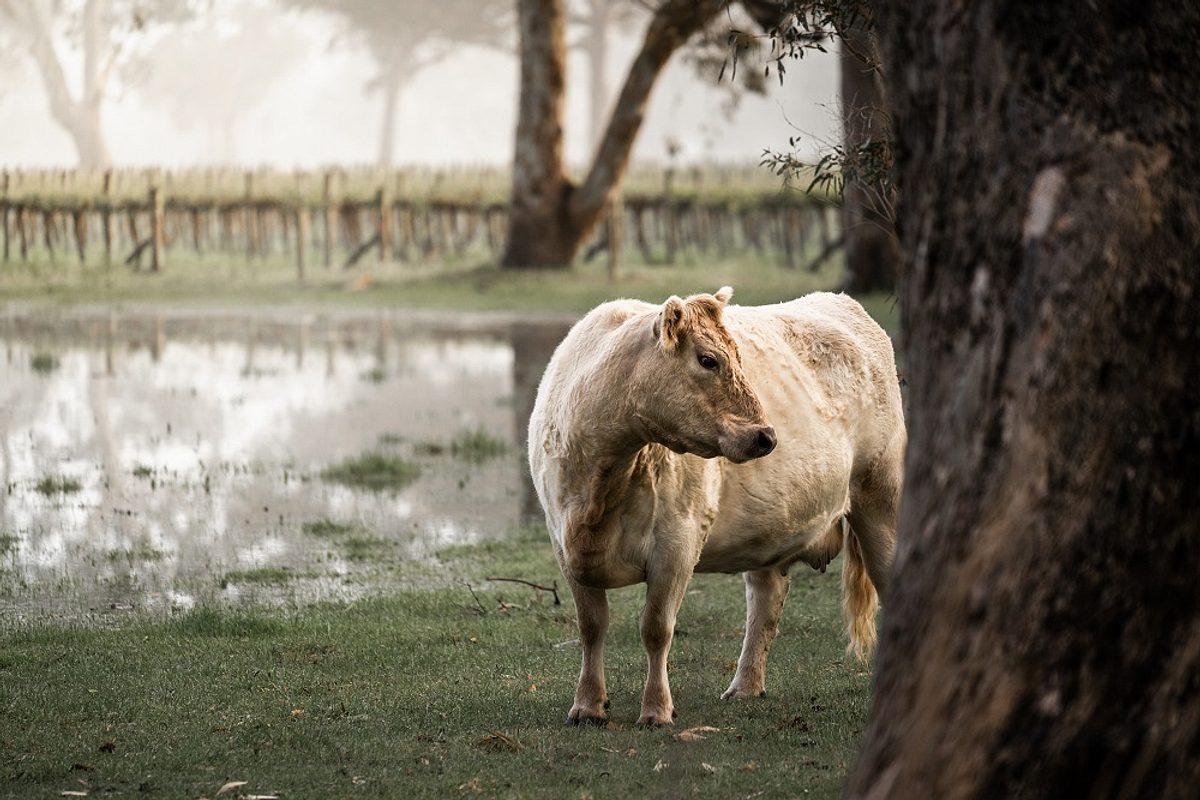Learn about flooding
What is flooding?
Flooding is when water covers normally dry land.
Flood water may come from:
- a lake, river, creek or other watercourse
- a reservoir, canal or dam
- coastal or marine waters
- groundwater aquifers
- pipes, dams, levees or other infrastructure.
Some floods are essential for nature. For example, they can trigger germination of new plants in wetlands and floodplains. Many birds, fish and frogs rely on flooding to provide suitable breeding conditions.
In agriculture, flooding at the right time can irrigate crops and improve the growth of pasture for feed livestock. But sometimes floods can devastate farms.

How floods can affect you
The way a flood impacts you will depend on several factors, including how deep it is, how fast it flows, how fast the water rises and falls, and whether you can get safely away from the flooded area. It also depends on how much warning time you get, how well you have prepared, and how well you are able to respond.
Some communities are more vulnerable to the impacts of floods, such as those with high proportions of aged residents and culturally and linguistically diverse communities who may not have local knowledge or access to messages about the risk of flood.
Others who may be affected are people who are caught on foot or travelling in vehicles in affected areas. Floodwater, especially swift moving water, is a risk to people's lives.
Never enter flood waters on foot or attempt to drive on flooded roads.
To be resilient, communities need to be informed and aware of their flood risk and have planned and prepared to manage potential impacts.
To learn more about flooding, check out the resources on the Australian Disaster Resilience Knowledge Hub.
Flood as a hazard
There are different types of floods, and their impact differs depending on how and where they occur. But when does a flood become a hazard?
A flood is a hazard when it has the potential to cause loss of life, injury or economic loss.
In South Australia, flooding is the third highest natural disaster cost – after bushfire and hail – contributing to average annual damages of $26.6 million from 1987 - 2016 (Australian Business Roundtable).
Floods don’t occur regularly in our state, so it can be hard to plan for one or even know if you are at a high risk of being affected. If you or your dwelling could be subject to flooding, get prepared by following the guide on SA State Emergency Service Flood.
If you are in a significant flood or storm event or suspect one is coming:


